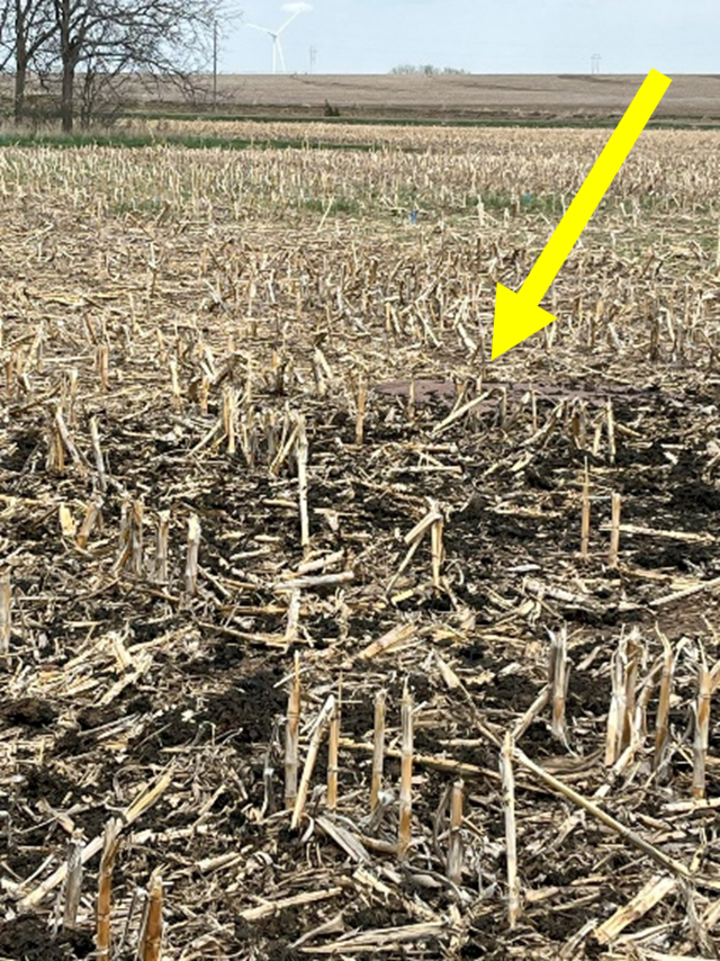Manure Spreader Calibration is Not Just for Research Plots
Back in May, I spent a good chunk of a day calibrating a manure spreader in preparation for applying manure to a research plot. Just prior to manure application season though, it’s good to remember that calibration is not only for research plots. All manure spreaders used for land application should be calibrated so you know how much has been applied.
Just like a spreader used for commercial fertilizer, a manure spreader must also be calibrated. If you don’t know the rate you’re applying, how can you possibly calculate the nutrients you’ve applied? And if you’re not factoring in the nutrients in the manure, you’re wasting money. And who wants to do that?
Many Ways of Calibrating
|
Suggested resources: For solid spreaders: For liquid spreaders: |
There are several ways to calibrate a manure spreader. Regardless of whether you’re using a liquid or solid spreader, you could drive over a truck scale with a full and empty spreader and then divide the difference by the number of acres you covered with the load. You could use onboard scales and a GPS system. Liquid spreaders could also use a flow meter.
The simplest method for solid application though, and the one I most often recommend for those that don’t have access to some of the equipment above is the sheet method. It’s the method we used for our research plots and it requires a few simple items you are likely to already have around the farm. You need:
- a few plastic sheets or tarps (ideally cut to 22 square feet),
- some pins or stakes to hold the tarps down,
- a bucket or tub, and
- a scale.
We used a shipping scale, but a fishing or feed scale would work too – maybe even a bathroom scale if you’re hard pressed to find another one.
Using the Sheet Method
I like to use at least 3 tarps, but if you only have one, repeat the process multiple times. The more you repeat the calibration with similar results, the more confident you can be in your calibration.
- Start by weighing your bucket and one tarp while empty. Write that number down so you can subtract it from the full weight later to get only the manure weight.
- Pin down your tarps very well in a row through the middle of your drive path so that the tires of your tractor and spreader will miss them.
- Spread your manure making sure you’re spreading at the full rate before you get to the tarps and until you’re fully past them, noting your spreader settings. With the settings documented, you can make adjustments if necessary or repeat this rate later.
- Collect each tarp and weigh it in the bucket and subtract the empty weight you wrote down previously.
- Repeat for all tarps and average the results.
Why 22 Square Feet?If you’ve used a 22 square foot sheet, your average manure weight in pounds is your application rate in tons per acre because 22 is the conversion factor for pounds/square feet to tons/acre. No math required. If you use a different size sheet, you’ll need to calculate the pounds per square foot and then convert to tons per acre by dividing the square feet of your tarp by 43,560 (the number of square feet per acre) and multiplying by 2000 (the number of pounds per ton). That math looks like this: 
|
If you’re aiming for a particular rate, change your spreader settings or the gear you’re in and repeat the process until you reach your goal.

Capitalize on a Sampling Opportunity
One advantage of the sheet method is that it is also a great opportunity to grab a few handfuls of manure to send a sample to the lab for analysis. Grabbing a bit of manure from each of the tarps makes for a representative sample because the manure has already been mixed when loading and again to some extent when spreading. And, by taking samples from multiple tarps, you’re taking your samples from multiple points. Just mix the samples together and send a portion of that to the lab to really figure out what you’re applying.
To summarize, by calibrating your spreader, you know precisely how much manure has been applied. Then, with the sample collected on the tarps, you can use the information provided by the analysis and adjust your commercial fertilizer application rate accordingly, thus setting your crops up for success and helping your bottom line.
This article was reviewed by Sarah Sivits and Mitiku Mamo.